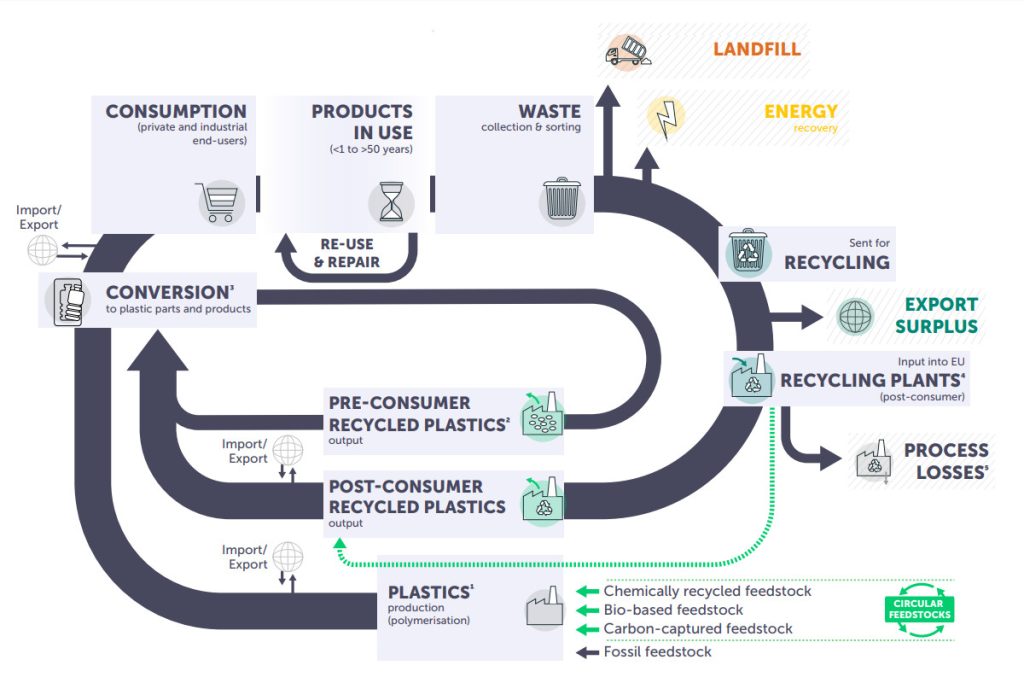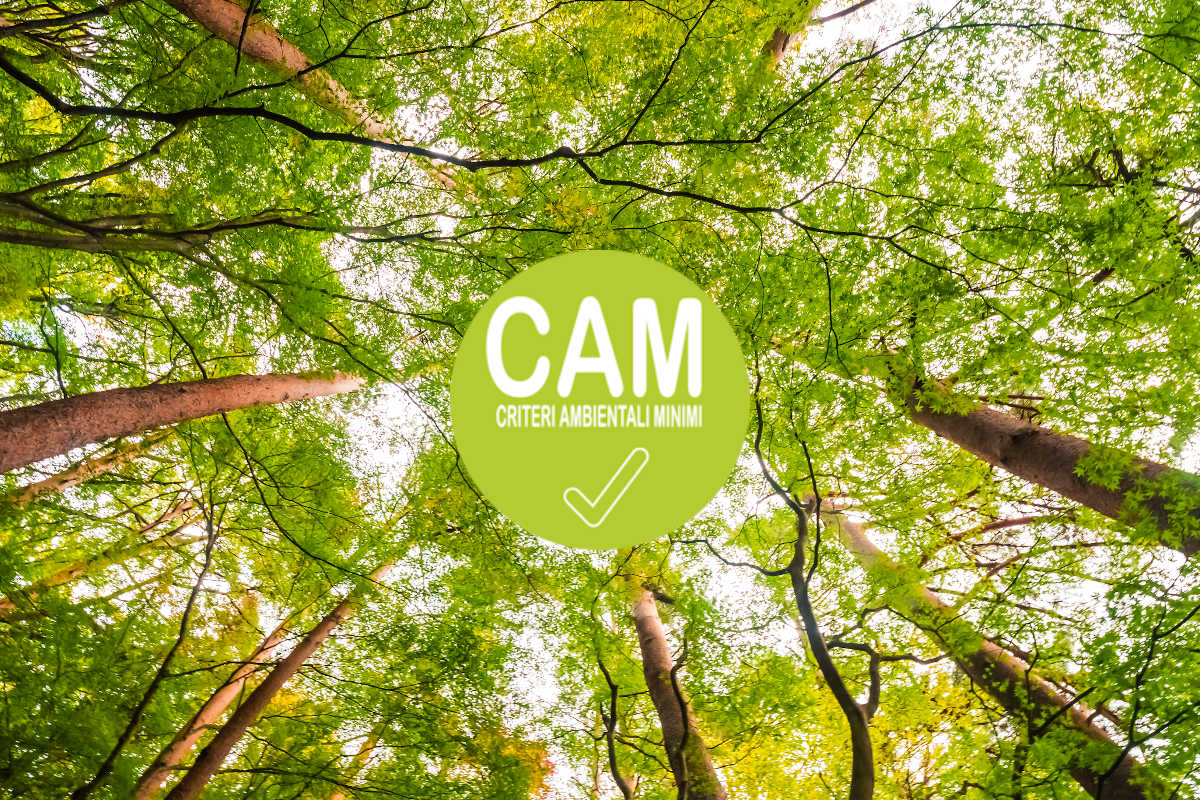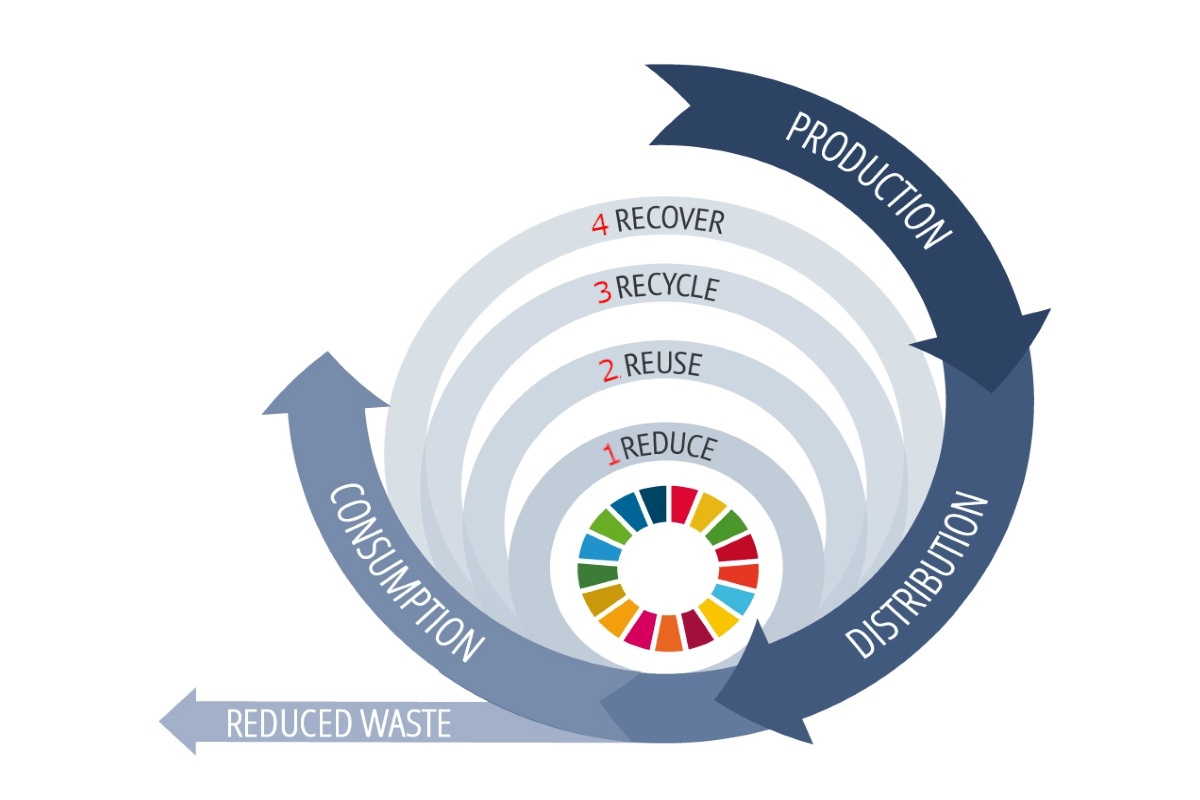Post-industrial and Post-consumer recycling
In our previous post Circular Economy and Recycling, we’ve been chatting about refurbishment, reuse, and recycling.
In summary, recycling (especially plastic recycling) is still a way to help the environment, although refurbishment and reuse are decidedly preferable. Today, we delve into the details of plastic material recycling, starting with an important distinction: the origin of recycled plastic.
There are, in fact, two primary sources of recycling:
Pre-consumer Recycling (or Post-industrial Recycling)
In pre-consumer recycling, also known as post-industrial recycling, production waste is reused in the manufacturing process. Sometimes, it involves materials rejected by an industry with higher quality standards, which are properly mixed and used by other industries. Alternatively, within the same industry, already processed material is granulated to create new plastic.
Post-consumer Recycling
In post-consumer recycling, the material is discarded by the end user after use. This initiates a lengthy process of plastic recovery and regeneration.

Pre-consumer recycling is an environmentally virtuous form of recycling as it requires minimal resource expenditure. In this case, plastic reaches the consumer only after being recycled. On the contrary, post-consumer recycling is environmentally costly because plastic from the consumer must go through several stages:
A) Collection: Plastic is collected from various sources, such as household waste separation, specialized collection centers, and corporate recycling programs.
B) Separation and Classification: Plastic is separated based on its type, such as PET (used for plastic bottles), PVC, or polypropylene. This step is crucial because different types of plastic require different recycling processes.
C) Cleaning and Preparation: Plastic is cleaned to remove contaminants like labels, glue, or food residues. Subsequently, it is crushed into small pieces, ready for regeneration. Occasionally, the use of additives is necessary to eliminate any bacterial contamination.
D) Melting and Regeneration: The crushed plastic is melted and transformed into pellets or granules, which can be used to produce a wide range of items, including bottles, clothing, furniture, and more.
It’s clear that post-consumer recycling demands a significant use of resources, impacting both the environment with CO2 emissions and the cost of recycled material, which is currently higher than that of virgin material.
However, it is precisely the challenge of post-consumer recycling that we must face, both as producers and consumers, to preserve our environment.
The alternatives to recycling are in fact landfill disposal or waste-to-energy incineration.
For years, SbS has been using plastics that are as much as possible recycled, with a post-industrial resources. Furthermore, in our new product lines, we are gradually introducing a special version with recycled plastics from post-consumer sources, a tangible sign of our commitment to environmental preservation.





